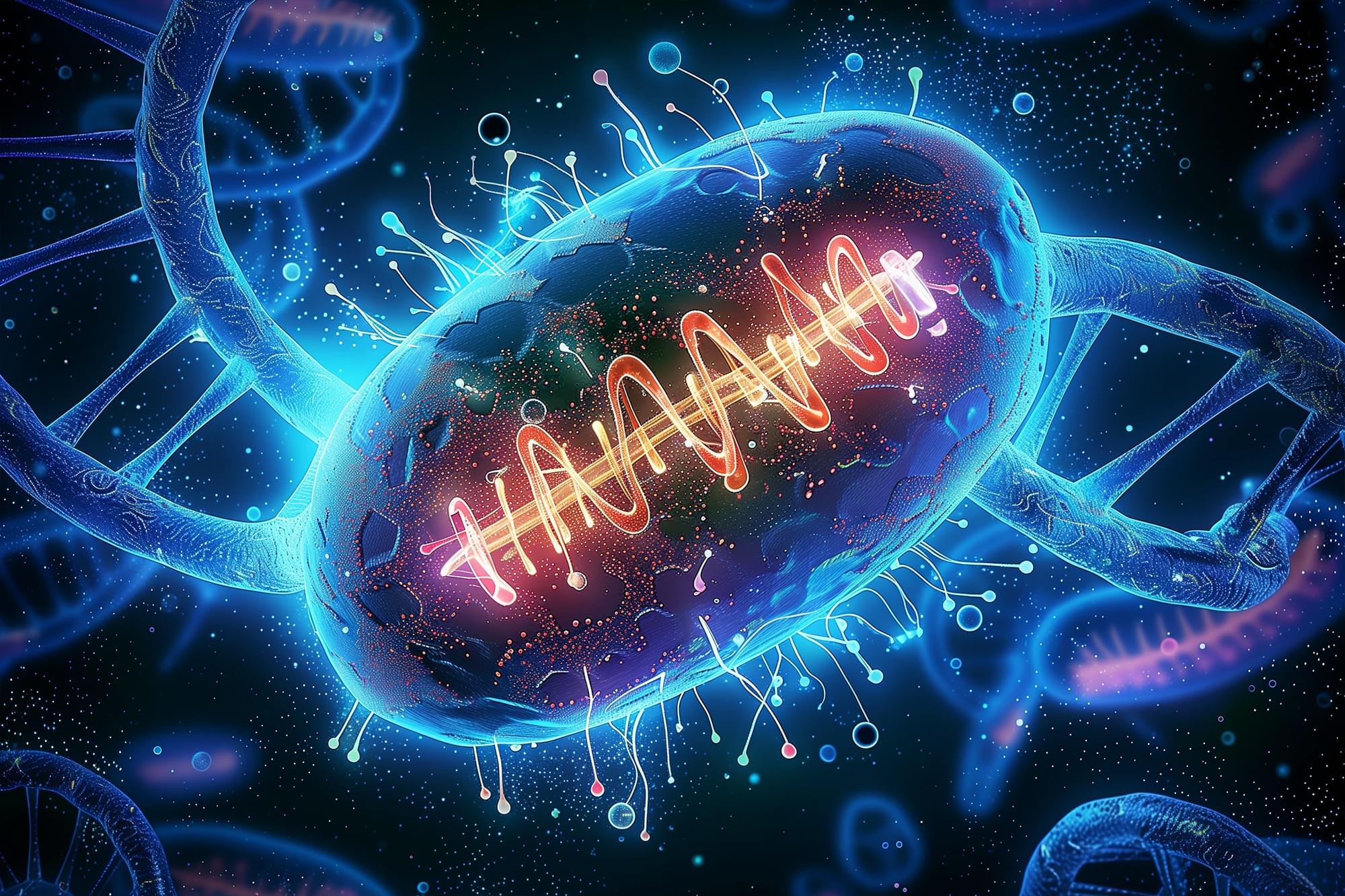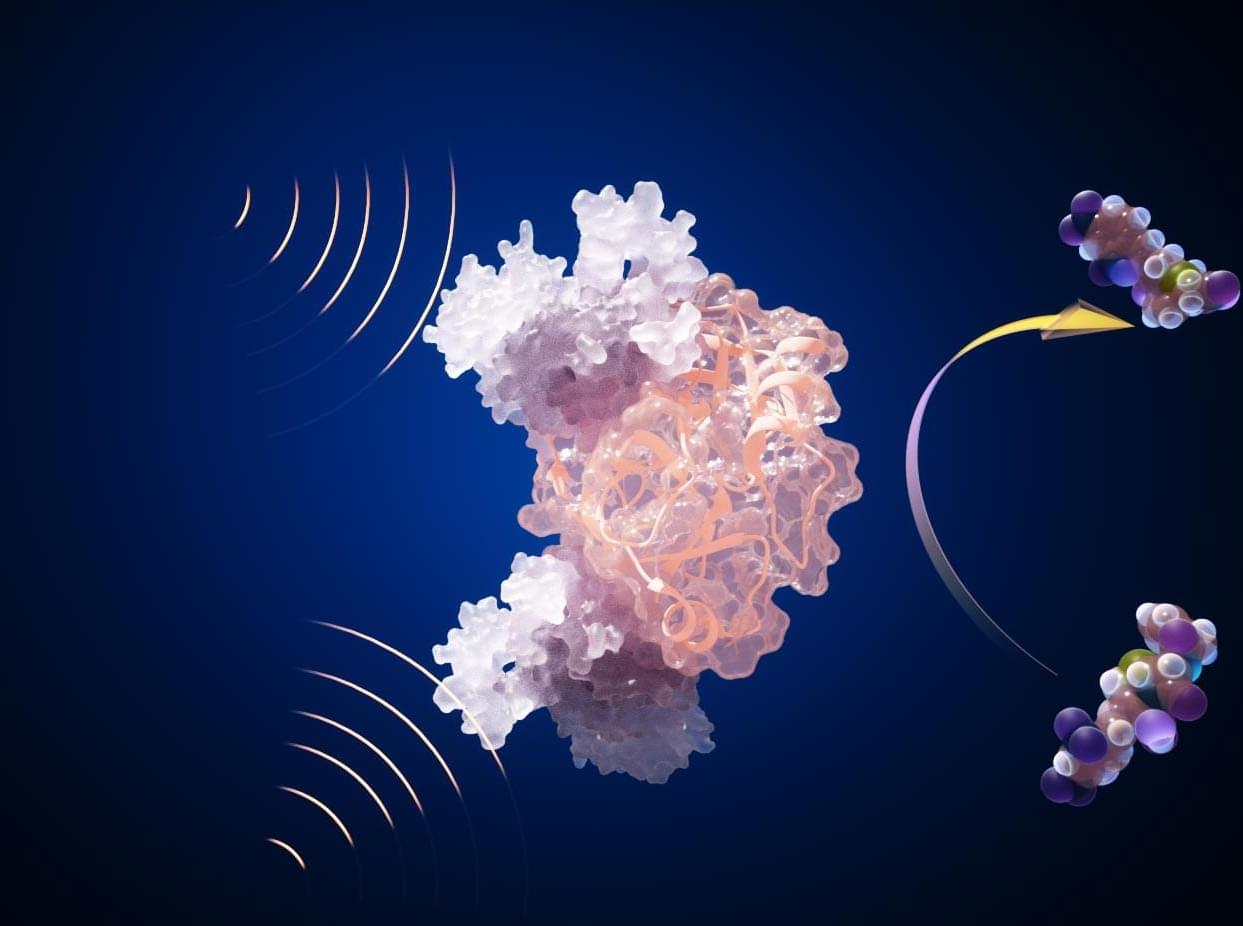Researchers successfully generated the first image of the inside of scroll PHerc. 172.



Researchers at the Biomimetics-Innovation-Center, Hochschule Bremen—City University of Applied Sciences, have made pioneering discoveries about how mechanical stress shapes the ultrastructure of starfish skeletons. Published in Acta Biomaterialia, their study delivers the first in-depth analysis of how starfish skeletons respond to varying stress conditions, revealing new insights into the evolutionary mechanisms that drive skeletal adaptation.
While starfish are widely recognized—especially thanks to pop-culture icons like Patrick Star in SpongeBob SquarePants—their remarkable internal structure often goes unnoticed. Sharing an evolutionary lineage with vertebrates, starfish serve as powerful models for studying the development of endoskeletons.
Their skeletons consist of thousands of small, bone-like elements called ossicles, which feature a complex, porous structure strikingly similar to human and other vertebrate bones. According to lead author Raman and colleagues, these ossicles exhibit microstructural adaptations that mirror the mechanical loads they experience, demonstrating a universal principle of stress adaptation.


This allows them to see how bacteria activate different genes in response to their environment, offering insights into microbial behavior, antibiotic resistance, and infection strategies.
How Bacteria Organize Their Activities
How do bacteria — whether beneficial ones in our bodies or harmful disease-causing strains — coordinate their activities? A recent study has provided new insights by combining advanced genomic-scale microscopy with an innovative technique to track which genes bacteria activate in different conditions and environments. Published recently in the journal Science, this breakthrough is set to advance bacterial research significantly.

Enter laser-plasma accelerators (LPAs). LPAs use high-intensity lasers to strike a target, generating charged particle beams that reach comparable speeds to those produced using traditional accelerators – but in a fraction of the distance. Scientists are exploring LPAs as a compact, cost-effective way to generate proton beams, but several technical challenges have hindered their progress.
One challenge arises from the high-intensity laser, which destroys the targets after each pulse, requiring a new target for every shot. Another issue is the beam divergence – proton beams produced by LPAs typically spread out like a floodlight rather than maintaining a narrow focus. Both the need for target replacement and the beam divergence significantly reduce the efficiency of LPA systems.
In this recent study, researchers made an unexpected breakthrough, simultaneously resolving multiple problems although they had only aimed to address one.

QUT researchers created a biosensor using engineered proteins to detect and extract rare earth elements, offering a potential solution to growing demand and environmental challenges.
QUT synthetic biologists have developed a prototype for an innovative biosensor capable of detecting rare earth elements, with the potential for modification to suit various other applications.
Lanthanides (Lns) are essential elements used in electronics, electric motors, and batteries. However, current extraction methods are costly, environmentally damaging, and unable to meet the growing demand.

In a major milestone for particle physics, scientists at CERN’s Large Hadron Collider (LHC) have successfully observed top quarks—one of the most elusive and short-lived fundamental particles—being produced in a laboratory setting. This historic discovery sheds light on the nature of matter and offers new insights into the early Universe, marking a turning point in our understanding of subatomic particles.
Quarks are the fundamental building blocks of protons and neutrons, which in turn make up the atoms forming all matter in the Universe. There are six known types of quarks: up, down, charm, strange, top, and bottom. Among these, the top quark stands out due to its heavy mass and extreme instability.
Unlike protons or neutrons, which persist indefinitely under normal conditions, the top quark decays almost instantly, with a lifetime of just 5×10^−25 seconds. This fleeting existence has made direct observation challenging, making the latest results from the LHC a remarkable breakthrough in experimental physics.

They may look like beefed up Roombas, but the new 535 and AWD 580L EPOS robotic lawn mowers from Husqvarna leverage the brand’s decades of outdoor power products expertise to deliver commercial-grade capability in an innovative package.
Husqvarna dropped the two new commercial robot lawnmowers at the GCSAA Conference and Trade Show in San Diego this weekend with claims that the new 580L EPOS model, specifically, “furthers Husqvarna’s commitment to providing autonomous solutions and revolutionizing turf management for golf courses, sports fields, and facility maintenance.”
If you’re wondering about that “EPOS” acronym, it stands for Exact Positioning Operating System. It’s a Husqvarna-developed, satellite-based positioning system that enables the robot mowers to work within virtual boundaries instead of relying on physical boundary wires like other (significantly less expensive) models.


Researchers at Tohoku University have achieved a significant advancement in opto-magnetic technology, observing an opto-magnetic torque approximately five times more efficient than in conventional magnets. This breakthrough, led by Koki Nukui, Assistant Professor Satoshi Iihama, and Professor Shigemi Mizukami, has far-reaching implications for the development of light-based spin memory and storage technologies.
Opto-magnetic torque is a method which can generate force on magnets. This can be used to change the direction of magnets by light more efficiently. By creating alloy nanofilms with up to 70% platinum dissolved in cobalt, the team discovered that the unique relativistic quantum mechanical effects of platinum significantly boost the magnetic torque.
The study revealed that the enhancement of opto-magnetic torque was attributed to the electron orbital angular momentum generated by circularly polarized light and relativistic quantum mechanical effects. The findings are published in Physical Review Letters.